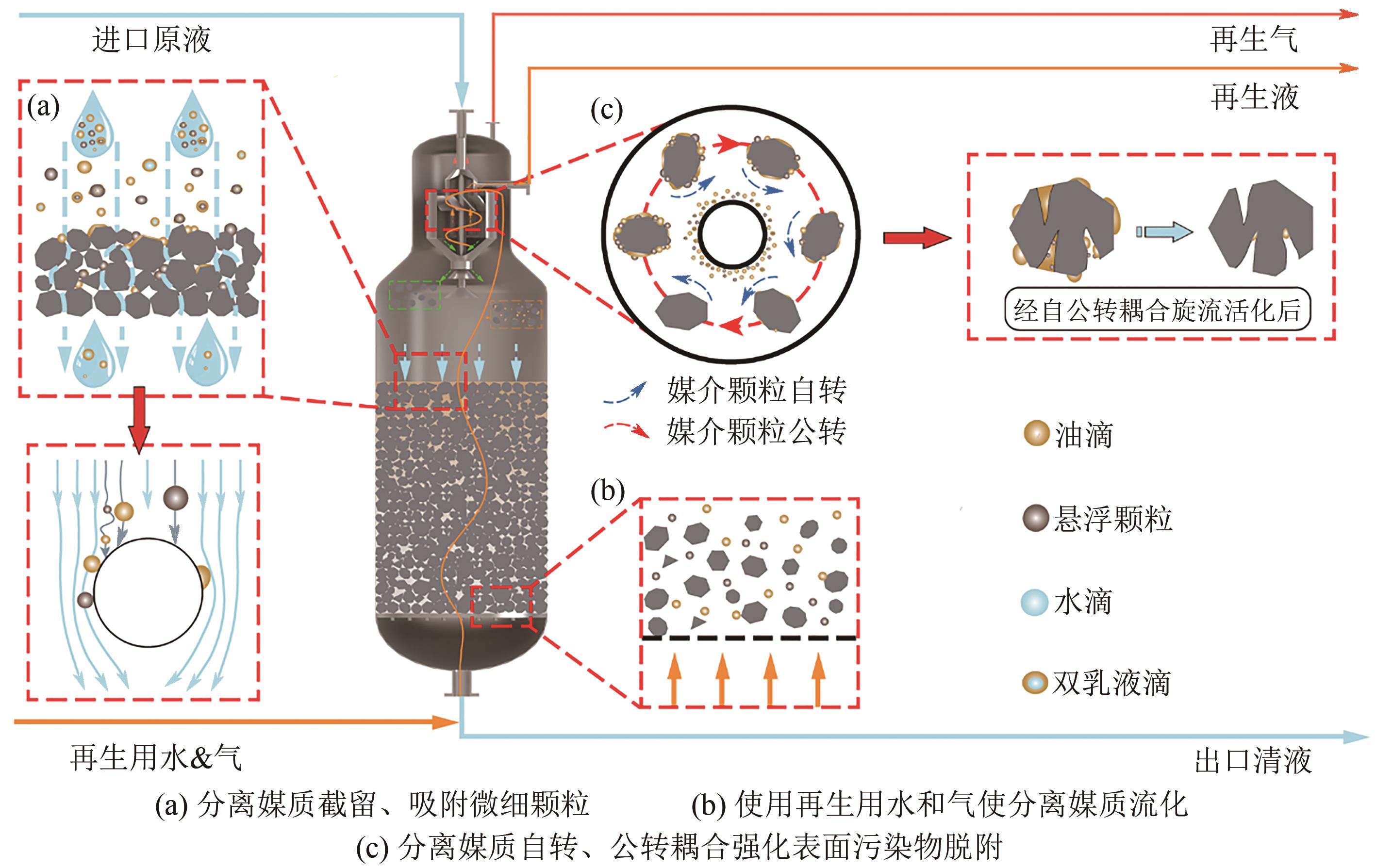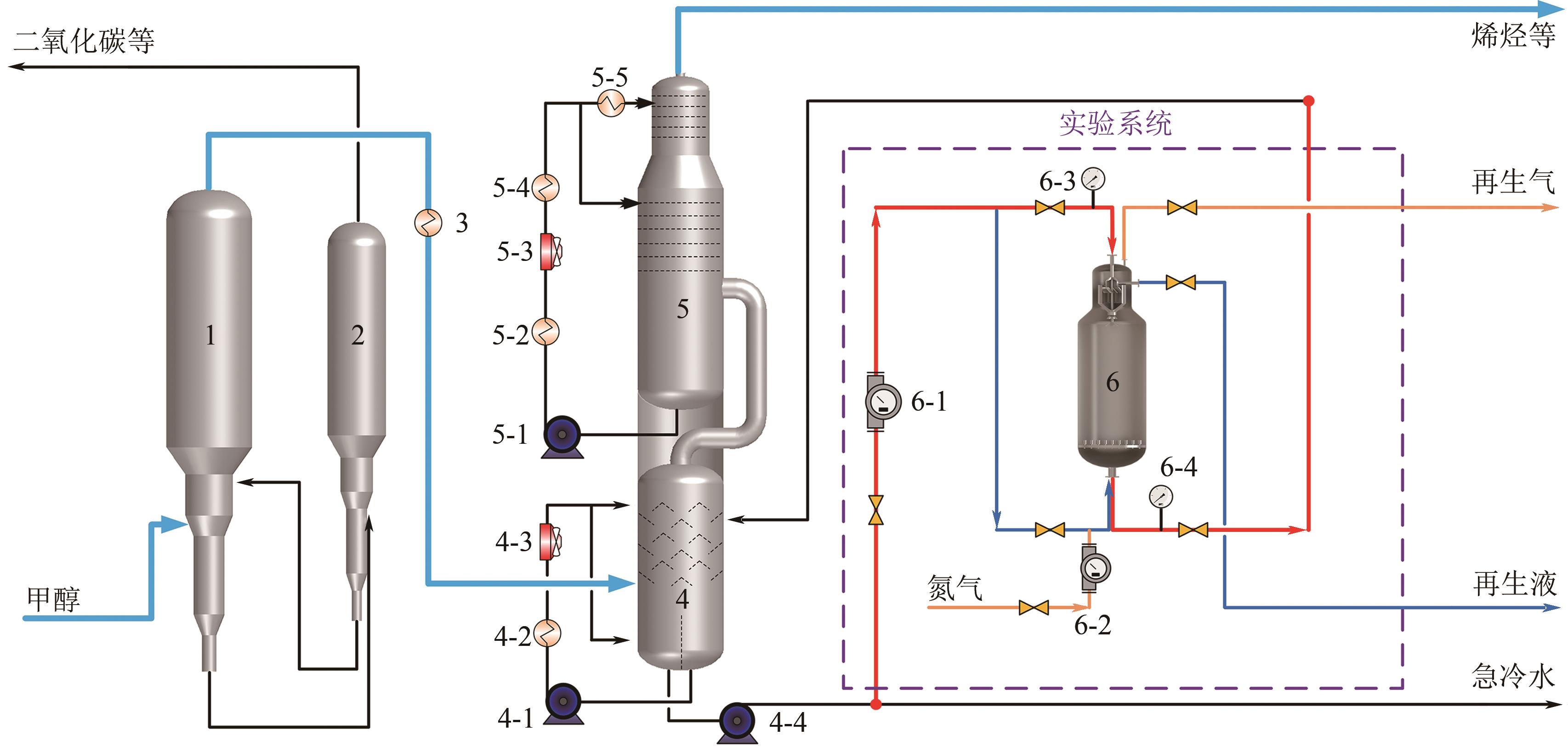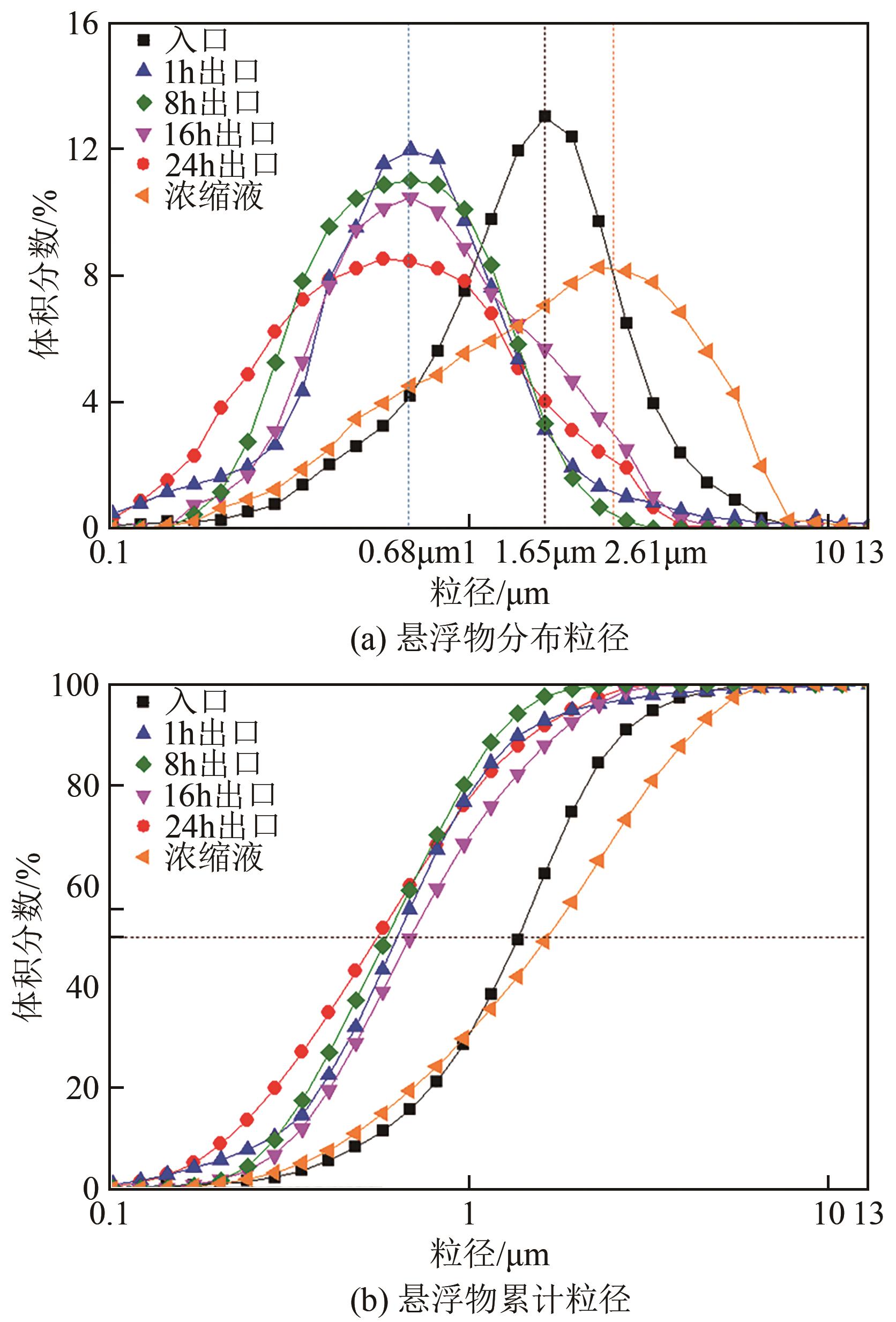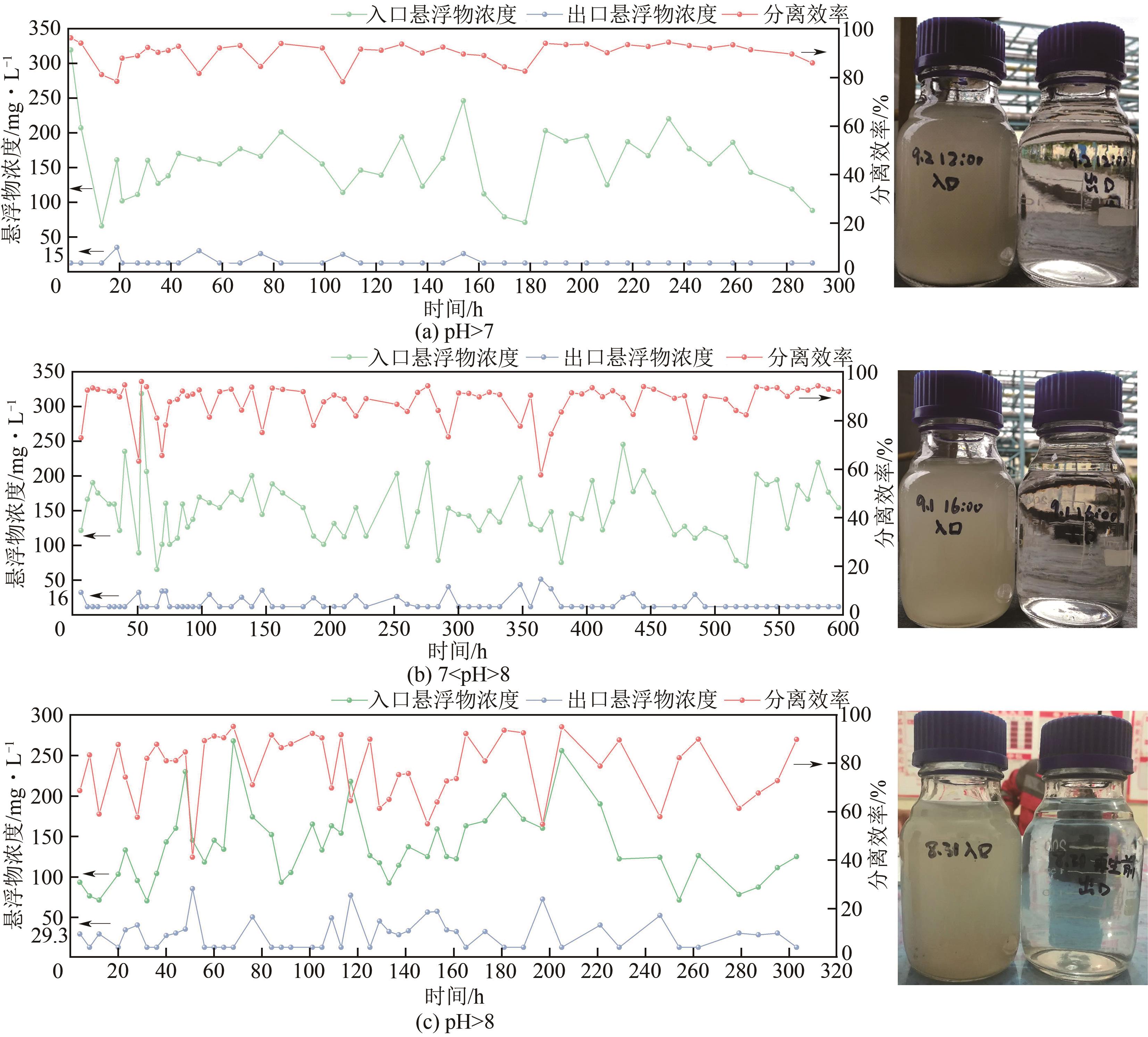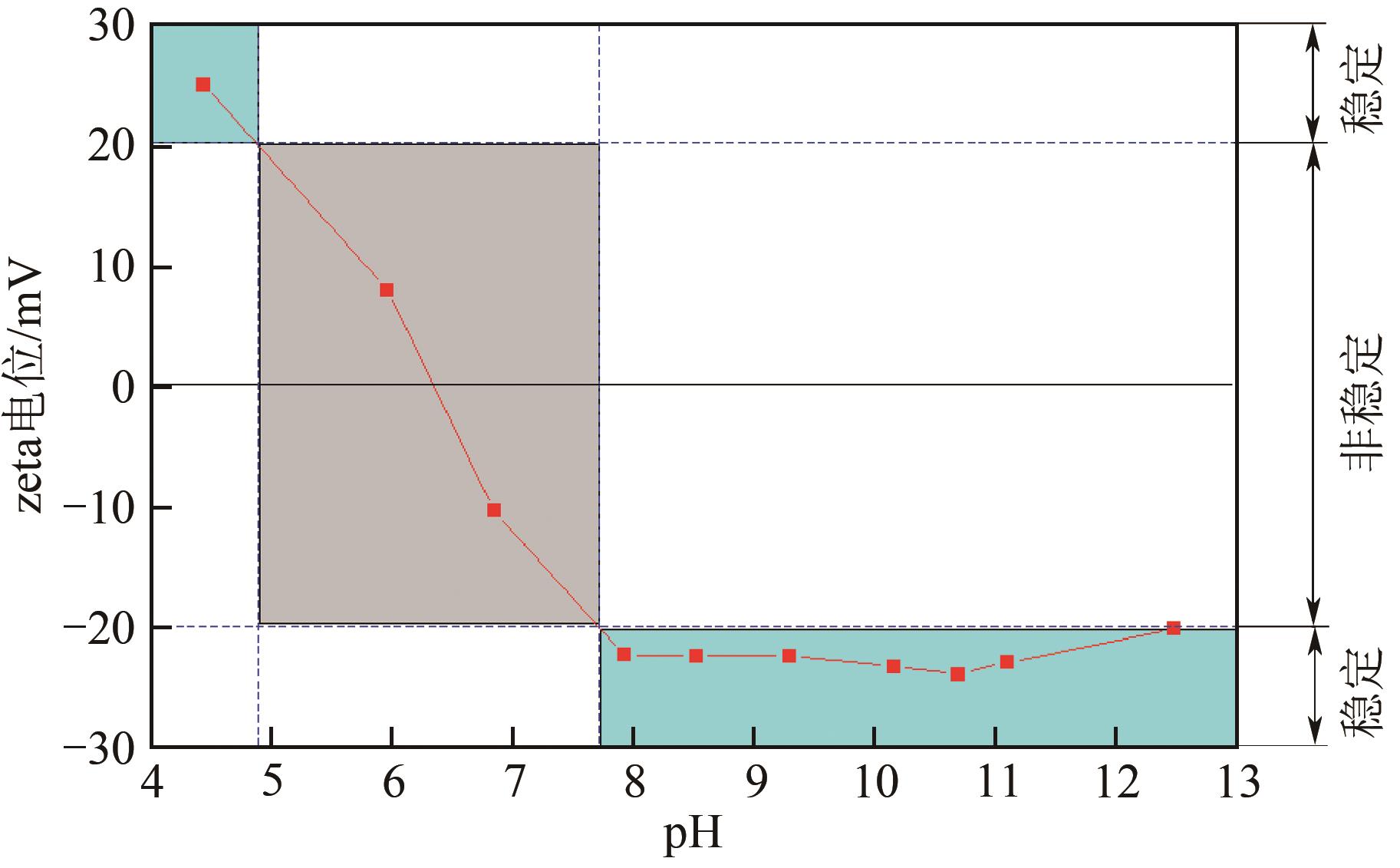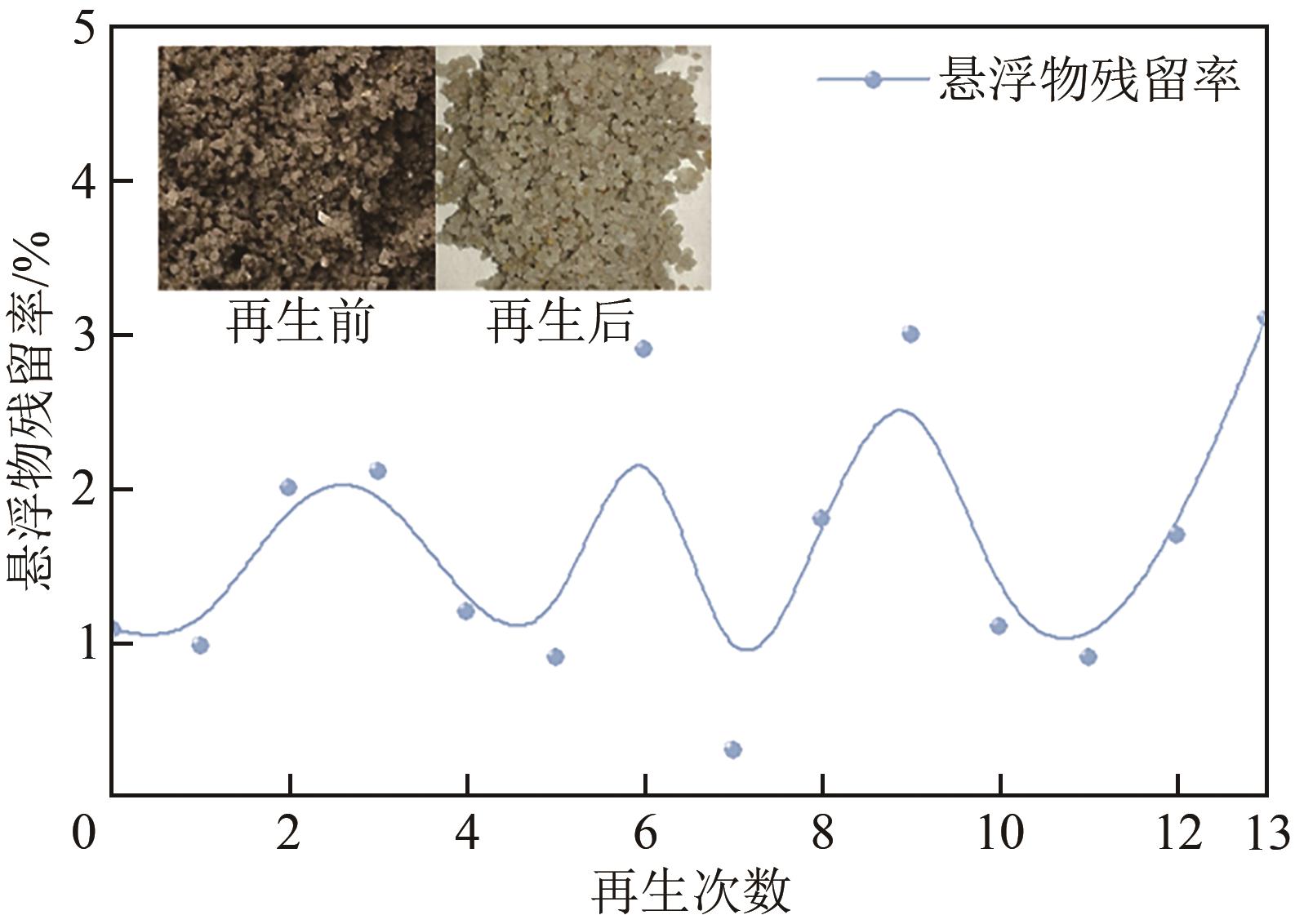| 1 |
SUN Qiming, XIE Zaiku, YU Jihong. The state-of-the-art synthetic strategies for SAPO-34 zeolite catalysts in methanol-to-olefin conversion[J]. National Science Review, 2017, 5(4): 542-558.
|
| 2 |
ZHANG Shihong, YANG Mingfa, SHAO Jingai, et al. The conversion of biomass to light olefins on Fe-modified ZSM-5 catalyst: Effect of pyrolysis parameters[J]. Science of the Total Environment, 2018, 628/629: 350-357.
|
| 3 |
TIAN Peng, WEI Yingxu, YE Mao, et al. Methanol to olefins (MTO): From fundamentals to commercialization[J]. ACS Catalysis, 2015, 5(3): 1922-1938.
|
| 4 |
Wenjie LYU, CHEN Jianqi, CHANG Yulong, et al. UU-type parallel mini-hydrocyclone group separation of fine particles from methanol-to-olefin industrial wastewater[J]. Chemical Engineering and Processing-Process Intensification, 2018, 131: 34-42.
|
| 5 |
Wenjie LYU, YANG Qiang, MA Liang, et al. Application of minihydrocyclones in methanol-to-olefin process wastewater treatment[J]. Chemical Engineering & Technology, 2015, 38(3): 504-510.
|
| 6 |
YANG Qiang, LI Zhiming, Wenjie LYU, et al. On the laboratory and field studies of removing fine particles suspended in wastewater using mini-hydrocyclone[J]. Separation and Purification Technology, 2013, 110: 93-100.
|
| 7 |
YANG Qiang, Wenjie LYU, SHI Lei, et al. Treating methanol-to-olefin quench water by minihydrocyclone clarification and steam stripper purification[J]. Chemical Engineering & Technology, 2015, 38(3): 547-552.
|
| 8 |
孙保全, 夏季, 吕文杰, 等. 液-固微旋流分离技术脱除水中催化剂颗粒[J]. 化工进展, 2011, 30(10): 2173-2177.
|
|
SUN Baoquan, XIA Ji, Wenjie LYU, et al. Liquid-solid micro hydrocyclone separation technology in removing catalyst particle from water[J]. Chemical Industry and Engineering Progress, 2011, 30(10): 2173-2177.
|
| 9 |
CHEN Jianqi, WANG Lu, MA Shihao, et al. Separation of fine waste catalyst particles from methanol-to-olefin quench water via swirl regenerating micro-channel separation (SRMS): A pilot-scale study[J]. Process Safety and Environmental Protection, 2021, 152: 108-116.
|
| 10 |
郭瑜, 汪强兵, 李烨, 等. 金属微孔膜在甲醇制烯烃(MTO)急冷水过滤中的试验研究[J]. 粉末冶金工业, 2018, 28(1): 45-49.
|
|
GUO Yu, WANG Qiangbing, LI Ye, et al. Experimental research of metal microporous membranes in filtration of methanol to olefins(MTO) chilled water[J]. Powder Metallurgy Industry, 2018, 28(1): 45-49.
|
| 11 |
赵宜江, 张艳, 钟璟, 等. 无机分离膜及其在微米与亚微米级固液分离中的应用[J]. 现代化工, 2000, 20(1):22-26.
|
|
ZHAO Yijiang, ZHANG Yan, ZHONG Jing, et al. Inorganic separation membrane and its application in the liquid-solid separation of micron and submicron particles[J]. Modern Chemical Industry, 2000, 20(1):22-26.
|
| 12 |
Tănase DOBRE, ZICMAN Laura Ruxandra, PÂRVULESCU Oana Cristina, et al. Species removal from aqueous radioactive waste by deep-bed filtration[J]. Environmental Pollution, 2018, 241: 303-310.
|
| 13 |
LI Jianping, YANG Xuejing, MA Liang, et al. The enhancement on the waste management of spent hydrotreating catalysts for residue oil by a hydrothermal-hydrocyclone process[J]. Catalysis Today, 2016, 271: 163-171.
|
| 14 |
HUANG Yuan, LI Jianping, ZHANG Yanhong, et al. High-speed particle rotation for coating oil removal by hydrocyclone[J]. Separation and Purification Technology, 2017, 177: 263-271.
|
| 15 |
LI Jianping, WANG Yao, CHANG Yulong, et al. Cold model testing of in situ catalyst activation by swirling self-rotation in ebullated bed reactor for biomass pyrolysis oils hydrogenation[J]. Chemical Engineering Journal, 2021, 406: 126909.
|
| 16 |
李闯. 水处理滤料表面的zeta电位及其过滤除油性能研究[D]. 兰州: 兰州交通大学, 2009.
|
|
LI Chuang. The study of zeta potential and oil-removal efficiency of water treatment filter media[D]. Lanzhou: Lanzhou Jiatong University, 2009.
|
 ), LIU Bing2, MA Hongpeng2, LYU Wenjie2(
), LIU Bing2, MA Hongpeng2, LYU Wenjie2( )
)
